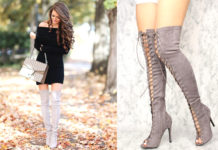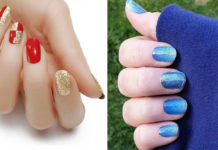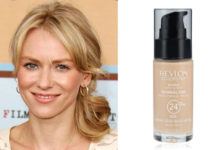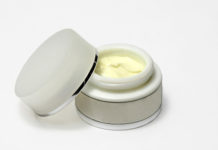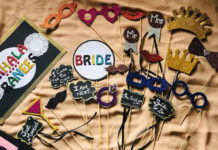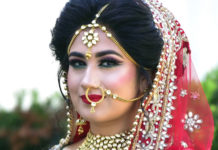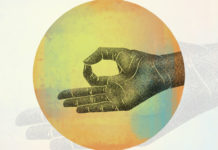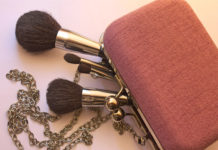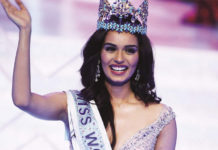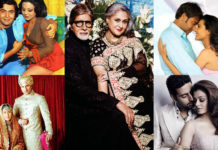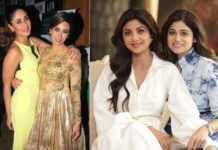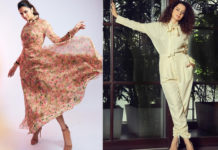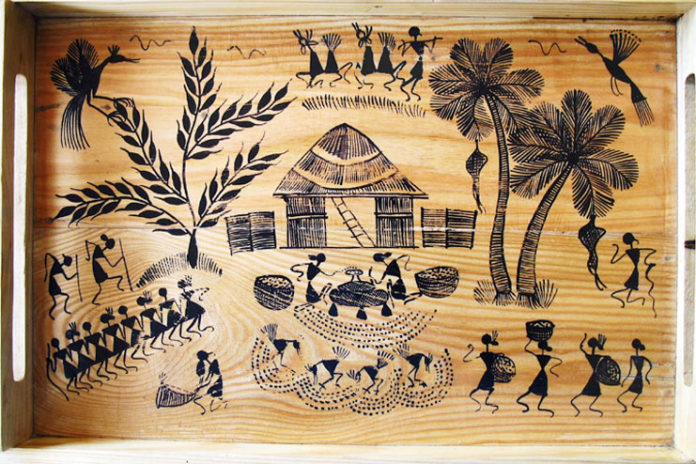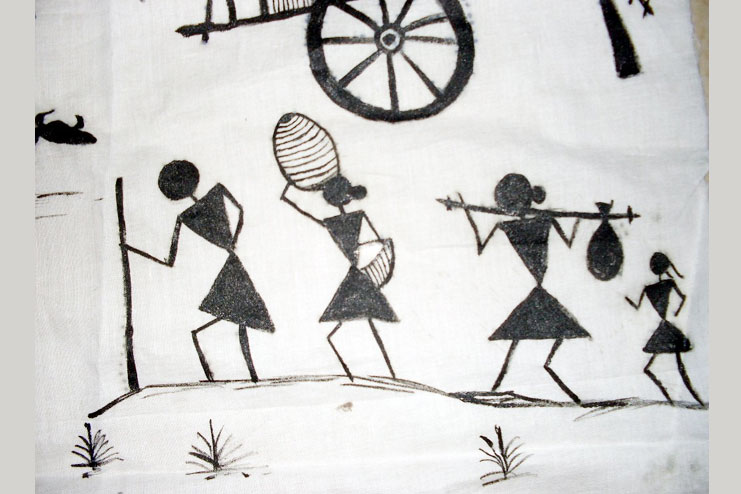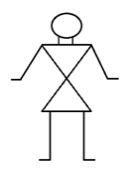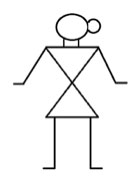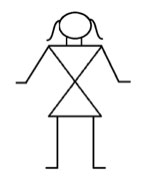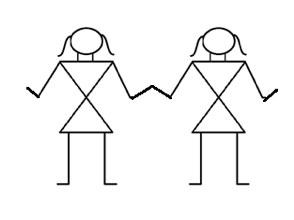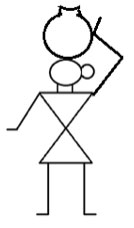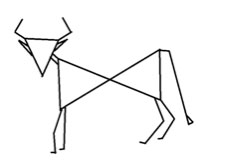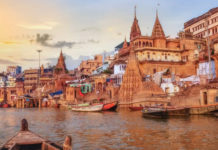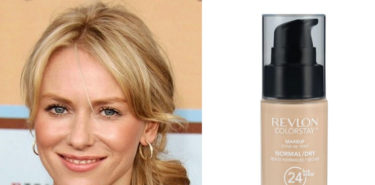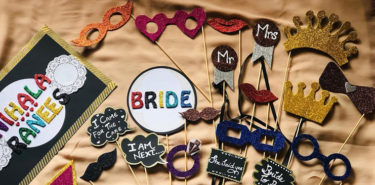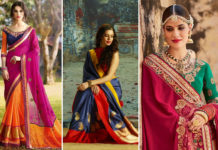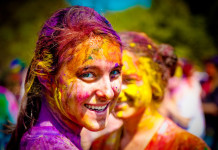Affiliate Disclaimer
Some links in this article are affiliate links. We may earn a small commission if you make a purchase through these links, at no extra cost to you. We only recommend products we find useful to our readersIndia have a very rich tradition of the folk arts, custodians of which there are many tribes which live in the interiors of various states.
Warli art is considered as a beautiful folk art of Maharashtra, tribal women have traditionally created that. These tribals are the Warli as well as Malkhar Koli tribe that is found on the northern outskirts of Mumbai. This art form was first popularized in the early seventies, and from then it has been named as the “Warli art.” Tribals express themselves in many vivid styles through the paintings which they execute on walls of their houses. This was supposed to be the only means of transmitting the folklore to the populace and not acquainted with written words. The women folk mostly did Warli paintings.
One of the most important aspects of these painting is that it do not depict any mythological characters or even images of the deities, but depict the daily social life. Pictures of the human beings as well as animals, along with the scenes from their daily life are being created in a very loose rhythmic pattern. Warli paintings or varli paintings are painted white on the mud walls. The paintings are executed beautifully and also resembles pre-historic cave paintings in the execution and usually depicts the scenes of human figures that are engaged in the activities like dancing, hunting, sowing, and harvesting.
These tribals are the forest-dwellers, but have eventually made a gradual transition towards being from a pastoral community. They mostly reside in West coast of the Northern Maharastra. A large part can be found in the Thane district, of Mumbai. They are economically a little backward, but they still maintain their indigenous customs as well as traditions.
The increasing popularity as well as commercialisation of these Warli painting has been helping in the uplift of many tribals and they are also increasingly becoming the most integrated with mainstream. Their marriage traditions are also unique to the culture.
Warli Art History
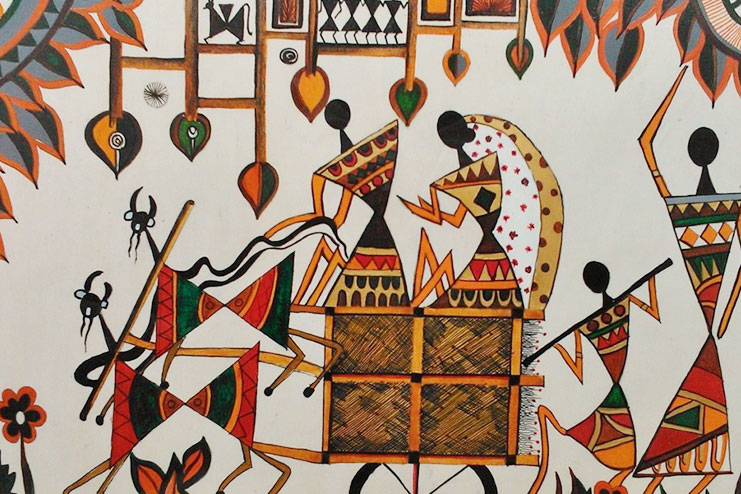
The Art Of Warli Painting
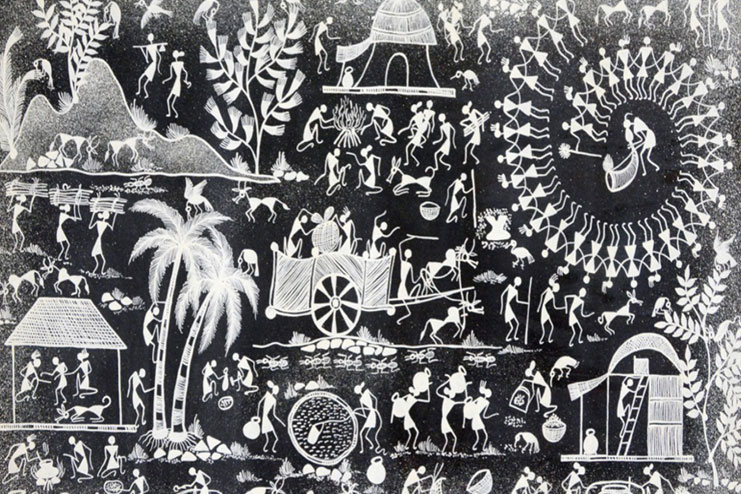
Male gods are very unusual among Warli tribe and are more frequently being related to the spirits, who have taken the human shape. One of the central motifs in this ritual painting is being surrounded by the scenes that portray hunting, fishing, farming as well as trees and animals. Festivals and the dances are among the common scenes which were depicted in these ritual paintings. Human and the animal bodies are being represented by the two inverse triangles that are being joined at their tips.The upper triangle also depicts the torso and the lower the pelvis. Their precarious equilibrium also symbolizes the balance of this universe. The representation also has a practical as well as an amusing advantage on animating bodies. Another theme of the Warli art is on the denotation of the triangle which is larger from the top representing “man” and a triangle which is wider at the bottom represents a “woman.” Apart from the ritualistic paintings, other types of these Warli paintings cover the day-to-day activities of the village people.
One of the major aspects of Warli art is the “Tarpa Dance”. The Tarpa, basically a trumpet-like instrument, that is played in turns by different village men. Men as well as women go entwine their hand and move in the circles around the Tarpa player. The dancers follow the player, turning as well as movingwhen he turns, never turning the back to the Tarpa. The musician play the two major different notes, which also direct the head dancer to either move in clockwise or even counterclockwise. The Tarpa player also assumes a similar role to that of the snake charmer, and dancers becomes a figurative snake. The dancers then take a long turn into the audience and try to encircle them for the entertainment. The formation of this circle of the dancers is also said that can resemble the circle of life.
How To Do Warli Painting
 Warli Painting Materials
Warli Painting Materials
The pared down of the pictorial language of the Warli painting is being matched with a rudimentary technique. This ritual paintings are mostly done from inside the huts of a village. The walls are then made of the mixture of the branches, earth, as well as cow dung which make a red ochre background for wall paintings. The Warli tribe only use white paints to create their amazing paintings. These white pigment are mostly made from the mixture of a rice paste as well as water with the gum as their binder. The tribe only use a bamboo stick that is chewed at the end to give a texture of paintbrush on the images of warli painting. Walls are then painted only for some special occasions such as the weddings or harvests.
Understanding The Warli Art:
1. Background for warli painting: During ancient times, these warli paintings are mostly done on the red color mud walls of the huts and hence, many of the warli art, even the ones that are made in recent times are done on the earthen red coloured background.
2. Colors for warli painting: The women of these tribal society used to decorate their huts with the warli painting in times of celebrations. They used the skewed bamboo sticks as their paintbrushes to draw out the paintings using the paste of a rice as well as water. This is also one of the reason on why most of the original warli art are into the combination of a red background with white paints.
3. Themes in Warli painting: As I said before, warli paintings are mostly done during the times of festivals and unlike the other art form which revolve around the depiction of God. It is mostly the illustration of the day-to-day activities of the tribes. Warli paintings are mostly based on the following themes –
a. Festival
b. Folk story
c. Harvest
d. Temple Marriage
e. Celebration
4. Shapes in Warli painting: Warli paintings are extremely rudimentary form of art and the paintings are done using fewer characters that is repeated on cascading / continuous patterns. The characters used in these warli painting are:
a. Circle – representation of sun and moon
b. Square – considered to be sacred enclosure
c. Triangle – derived from observation of hills as well as mountains
5. Ritualistic Warli painting: In every religion / ritual warli paintings, there is always a central character that is called chauk / chaukat, where the goddess of fertility; Palaghata is being depicted. The chaukat is mostly surrounded by the scenes that portrays hunting, fishing as well as farming, festivals, dances, trees and animals.
Human and animal are represented by the two triangles, which is joined at the tip. The precarious equilibrium also symbolizes the proper balance of universe, and of the couple, and has practical and amusing advantage of animating the bodies.
Here is the literal transmission on how to do warli paintings; which is even followed by a video:
Drawing a basic warli human goes like:
1. First draw an X


1. To draw a woman just add the hairdo to her head:
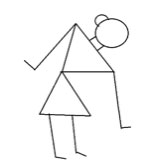
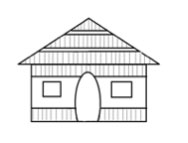
Video:

